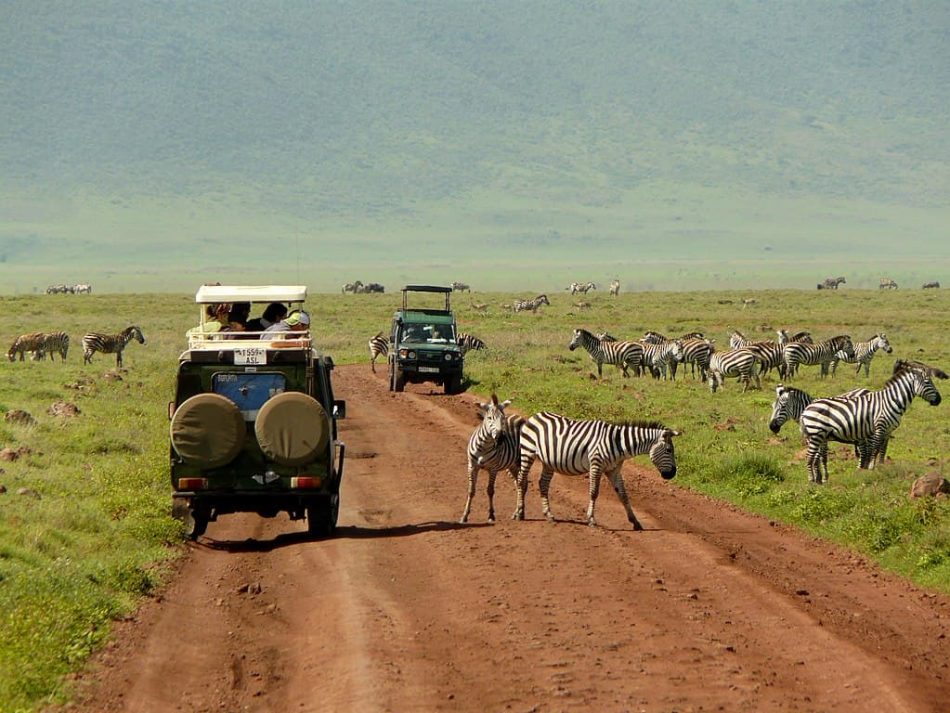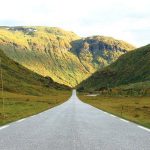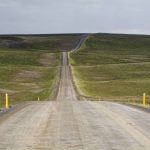In the heart of Africa lies one of the most impressive and mysterious natural wonders in the world: the Ngorongoro Crater. This place, which is part of the Ngorongoro Conservation Area, is a true gem of nature that leaves visitors breathless with its beauty and rich biodiversity. This stunning geographical feature located in northern Tanzania is one of the country’s most important protected areas.
In terms of its size, the crater has a diameter of around 20 kilometers and an average depth of approximately 600 meters. This makes it one of the largest and best-preserved volcanic calderas in the world, as well as one of the most fascinating places for wildlife viewing in its natural habitat.
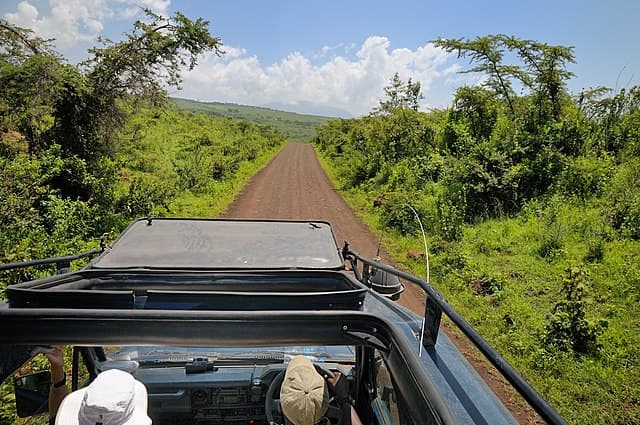
Safari in Ngorongoro by George Lamson

Pic by xorge
A Natural Treasure and Wildlife Sanctuary
The Ngorongoro Crater is the result of a massive volcanic eruption that occurred approximately two million years ago. With a diameter of about 20 kilometers and a depth of over 600 meters, this crater is one of the largest in the world and is considered a caldera, which means it formed from the collapse of a volcano after an explosive eruption.
What truly makes the Ngorongoro Crater unique is its incredible diversity of wildlife. Within its boundaries, a large number of animal species can be found, including the so-called “Big Five” of Africa: lions, leopards, rhinoceroses, elephants, and buffaloes. Additionally, the crater is home to a wide variety of birds, as well as many other mammal species, such as zebras, gazelles, hippos, and wildebeests.
Safari in the Crater
Exploring the Ngorongoro Crater is an unforgettable experience that offers the opportunity to observe wildlife in its natural habitat in a truly spectacular setting. Safaris in the crater are very popular among tourists visiting Tanzania, and they provide the opportunity to spot unique animals that cannot be found anywhere else in the world.
Preparing for the Safari
Before embarking on your safari in the Ngorongoro Crater, it is important to make some preparations. First, make sure to obtain the necessary permits to enter the protected area of the crater and consider hiring the services of an experienced guide to accompany you during your trip. Additionally, it is advisable to dress comfortably and bring sunscreen, a hat, binoculars, and a camera to capture the exciting moments you will experience during the safari.
Once you’re ready, venture into the Ngorongoro Crater and get ready to witness an incredible diversity of wildlife in its natural habitat. From the comfort of an off-road vehicle, you’ll be able to traverse the crater and observe up close the “Big Five” of Africa, including lions, leopards, rhinoceroses, elephants, and buffaloes, as well as a wide variety of other mammal species and birds. During your safari, you’ll have the opportunity to witness impressive scenes of wildlife, from lions hunting their prey to herds of elephants crossing the plains. Additionally, you’ll be amazed by the spectacular landscape of the crater, which includes lakes, forests, and meadows, as well as the possibility of spotting pink flamingos on Lake Magadi.
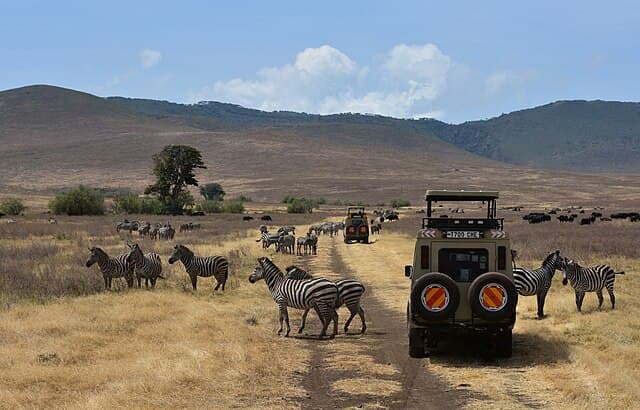
Zebras, pic by Richard Mortel
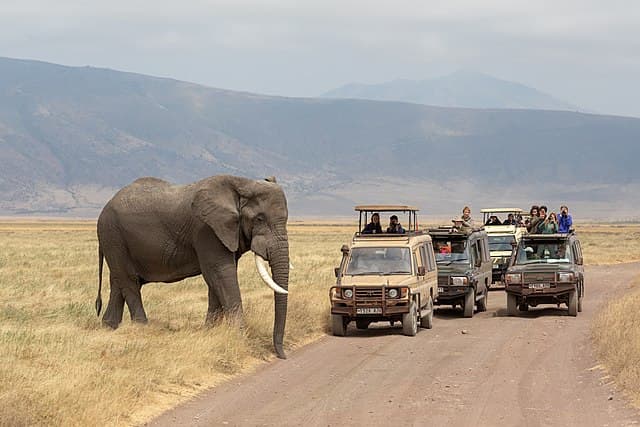
Elephants, pic by Zenith4237
Conservation and Protection
Conservation and protection of the Ngorongoro Crater are fundamental aspects to ensure the long-term preservation of this unique ecosystem and its inhabitants. As one of Tanzania’s and the world’s most important protected areas, a series of measures and programs have been implemented to maintain biodiversity, safeguard natural resources, and promote sustainable tourism in the region. Below are some key conservation and protection initiatives:
Designation as a World Heritage Site: The Ngorongoro Crater has been recognized as a World Heritage Site by UNESCO since 1979. This designation highlights the global significance of the crater and underscores the need to protect its rich biodiversity and its cultural and historical value.
Integrated Management of the Protected Area: The crater is under the administration of the Ngorongoro Conservation Authority (NCAA), which works closely with local communities, government agencies, and conservation organizations to oversee and manage the area comprehensively. The NCAA is responsible for implementing policies and programs that promote conservation, ecotourism, and sustainable development in the region.
Control of Human Activity: Regulations have been established to control human activity within the crater in order to minimize negative impacts on the environment and wildlife. This includes restrictions on hunting and fishing, as well as regulation of agriculture and livestock farming in specific areas.
Environmental Education Programs: Environmental education plays a crucial role in the long-term conservation of the crater. Educational programs targeting local communities and visitors are conducted to increase awareness about the importance of conservation and to promote sustainable practices in the use of natural resources.
Responsible Tourism: Tourism is an important source of income for the region, but it must be managed responsibly to avoid environmental degradation and capacity overload. Sustainable tourism that minimizes environmental impact, supports local communities, and contributes to the conservation of the crater and its surroundings is encouraged.
In summary, the conservation and protection of the Ngorongoro Crater are essential to ensure the survival of this unique ecosystem and its exceptional biodiversity. Through cooperation among different stakeholders and commitment to sustainable management practices, it can be ensured that this precious natural heritage remains intact for future generations.
Olduvai Gorge

Olduvai Gorge
Yes, Olduvai Gorge is relatively close to the Ngorongoro Crater, both located in the northeast of Tanzania, in the East Africa region. The distance between them is approximately 50 kilometers in a straight line, although the road journey between the two places can take around one and a half to two hours, depending on road conditions.

Pic by Daniel Msirikale
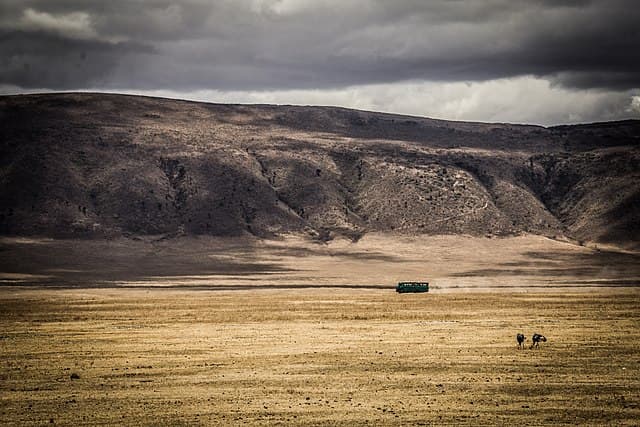
Aerial view


